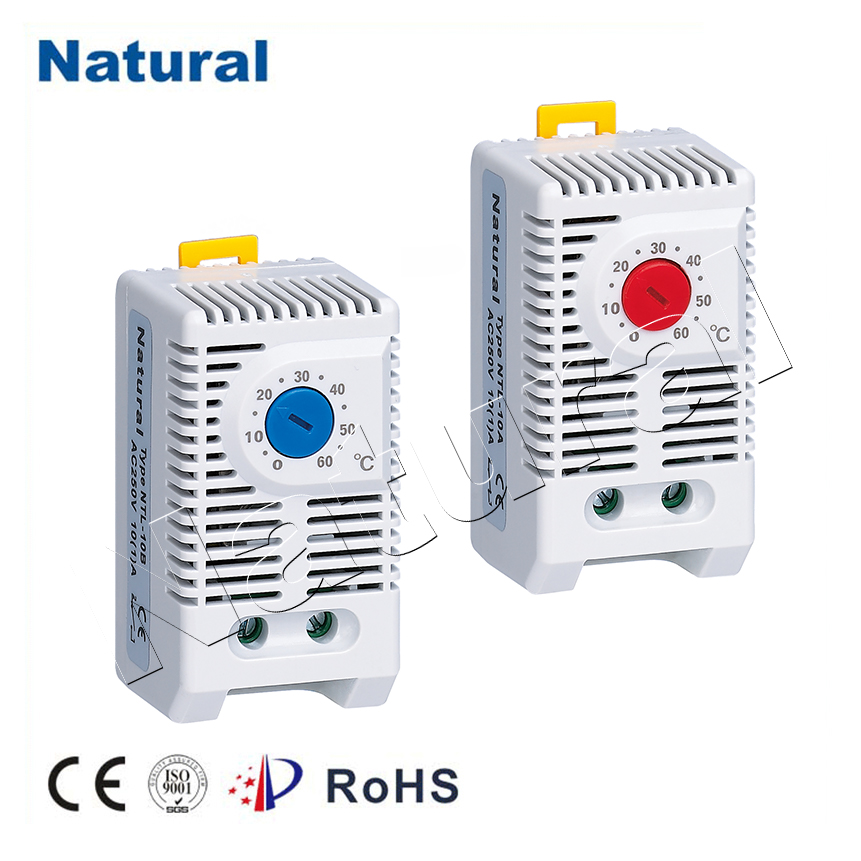In the realm of modern home technology, thermostats have emerged as key players in enhancing energy efficiency and overall comfort. These devices allow homeowners to control the temperature of their living spaces with precision, leading to reduced energy consumption and lower utility bills. However, the market for thermostats is vast and diverse, with prices ranging from budget-friendly options to high-end models packed with advanced features. In this article, we will delve into the factors influencing thermostat prices, the variations available, and the considerations to keep in mind when choosing the right thermostat for your needs.

Factors Influencing Thermostat Prices Features:Thermostats come with a wide range of features, and the complexity of these features often affects the price. Basic models offer manual temperature control and programming, while more advanced options may include Wi-Fi connectivity, learning capabilities, voice control, and compatibility with smart home systems. The inclusion of features like these can significantly impact the cost of a thermostat. Technology:The technology used in a thermostat also contributes to its price. Traditional thermostats with simple mechanical components tend to be more affordable. In contrast, smart thermostats equipped with sensors, touchscreen interfaces, and sophisticated algorithms command a higher price point due to their enhanced capabilities. Energy Efficiency:Energy-saving features, such as adaptive learning and geofencing, can influence the price of a thermostat. These features allow the device to optimize temperature settings based on your habits and occupancy patterns, ultimately reducing energy consumption and costs over time. Brand Reputation:Established brands with a history of producing reliable and innovative products often charge a premium for their thermostats. This reflects both the quality assurance associated with the brand and the investment in research and development. Variations in Thermostat Pricing Basic Thermostats:These entry-level thermostats offer manual temperature adjustments and preset programming options. They are usually the most affordable option but lack the advanced features of higher-priced models. Programmable Thermostats:Mid-range options include programmable thermostats that allow you to set temperature schedules for different times of the day. These models offer increased energy efficiency compared to basic thermostats but may lack smart features. Smart Thermostats:Equipped with Wi-Fi connectivity, smart thermostats can be controlled remotely through smartphone apps. They often feature learning capabilities, adapting to your routines and making automatic adjustments to save energy. These devices tend to have a higher price range due to their advanced technology and convenience. High-End Thermostats:At the top end of the price spectrum are high-end thermostats packed with cutting-edge features. These may include voice control, compatibility with smart home ecosystems, advanced sensors for improved accuracy, and integration with other smart devices in your home. Considerations When Choosing a Thermostat Budget:Determine how much you are willing to spend on a thermostat based on your needs and financial capacity. Remember that while higher-priced models offer more features, a basic thermostat might suffice if you’re on a tight budget. Home Setup:Consider the compatibility of the thermostat with your HVAC system. Some systems may require specific thermostat models, which could influence your choices. Lifestyle:Your daily routine and occupancy patterns play a significant role in the type of thermostat you should choose. If you’re away from home frequently, a smart thermostat with remote control capabilities might be a wise investment. Future Savings:While a smart thermostat may have a higher initial cost, its energy-saving features can lead to substantial long-term savings on utility bills. Features:Determine which features are essential for you. If you value convenience and automation, a smart thermostat’s advanced features might be worth the extra cost. In conclusion, thermostat prices vary based on features, technology, brand reputation, and energy efficiency. When choosing a thermostat, it’s crucial to consider your budget, home setup, lifestyle, potential savings, and desired features. Investing in the right thermostat can not only enhance your comfort but also contribute to a more energy-efficient and environmentally conscious home.